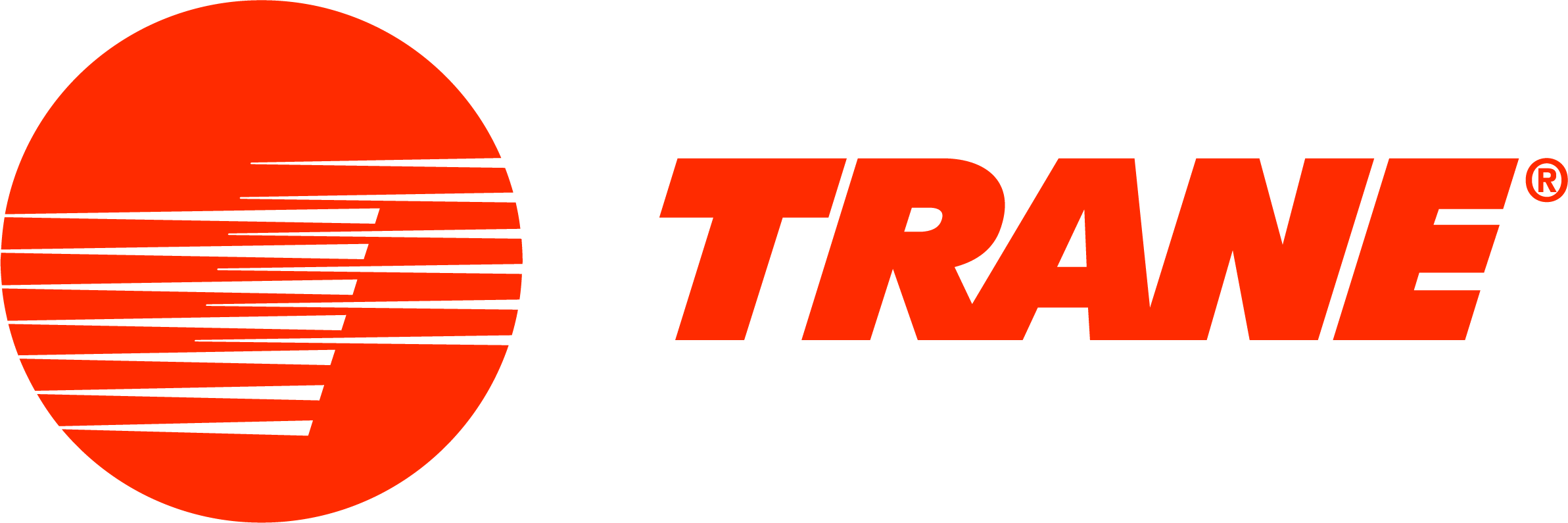Quick Facts
- Topics
- Energy Services • Services
Who does the WA CBPS impact and what is the compliance reporting schedule?
Owners of existing buildings that are 20,000 sq. ft. and larger need to benchmark their energy consumption, create an energy management plan (EMP), and an operations and maintenance (O&M) plan.
Buildings are categorized into two main categories referred to as Tier 1 and Tier 2.
Tier 1 and Tier 2 building compliance reporting deadlines
- Tier 1 building compliance deadlines are as soon as June 1, 2026, for buildings with more than 220,000 square feet. Campuses can get an exemption from their Tier 1 target if the university implements a decarbonization plan.
- Tier 2 buildings must report on benchmarking, energy management plans, and operations and maintenance programs by July 1, 2027.
CBPS Early Adopter incentives
The same Clean Buildings Law that requires all covered commercial buildings in Washington to comply with CBPS created an Early Adopter Incentive (EAI) Program that provides incentives to building owners who demonstrate early compliance.
Reference the Tier 1 EAI Guidebook and Tier 2 EAI Guidebook to determine if your building may be eligible to receive incentive funding.
Penalties for failing to comply
Tier I and II buildings that fail to comply with the mandated reporting schedule will be subject to fines. The Tier I penalty is up to $5,000 + $1.50/sq. ft. at each compliance cycle. The Tier II penalty is $0.30/sq. ft. at each compliance cycle.
How do I make sure my building(s) meets the WA CBPS requirements?

Navigating the new limits introduced as part of CBPS can be overwhelming and stressful for building owners. Each journey toward compliance may look different but rest assured, the right collaborator will meet you at any point.
The CBPS mandate requires 6 basic steps:
- Conduct a comprehensive assessment of the building’s current energy performance, identifying areas of inefficiency.
- Create a detailed energy management plan that outlines strategies for reducing energy consumption and helping to improve efficiency.
- Develop an O&M program to ensure ongoing maintenance and operational practices align with energy-saving goals and compliance.
*Often must be completed 12 months before reporting.
- Implement the identified energy efficiency projects and upgrades, while meeting related incentive program requirements.
- If the EUI target is met, proceed to Step 6.
- Complete the project by confirmingall upgrades and changes are fully operational.
- Conduct measurement and verification to assess the effectiveness of the improvements, helping to support expected energy performance outcomes and comply with WA CBPS.
- Document the results and make any necessary adjustments to maintain compliance.
- Repeat Step 4 every 5 years.
- Install recommended energy efficiency improvements and controls upgrades to help reduce EUI or GHGs.
- Measures may include HVAC retrofits, controls optimization, heat pump installations, or envelope improvements.
- Demonstrate ongoing compliance through annual reporting and data tracking.
- Maintain performance to avoid penalties or loss of incentive eligibility.
How does Seattle Building Emissions Performance Standard (BEPS) differ from CBPS compliance?
In December 2023, Seattle signed the Building Emissions Performance Standard (BEPS) policy that requires existing nonresidential and multifamily buildings greater than 20,000 sq. ft. to comply with emissions reduction requirements. This is consistent with buildings required to comply with WA CBPS.
Seattle BEPS compliments CBPS with energy efficiency, however BEPS specifically targets building emission reduction – aiming for a 27% reduction in Seattle building emissions by 2050. The first compliance interval takes place from 2027-2030, in which owners will have to verify their current energy and emissions performance, and develop plans to start meeting decarbonization targets.
Reference the Seattle Office of Sustainability & Environment Guide to Seattle BEPS for additional information on performance targets and penalties for noncompliance.
Trane® is ready to collaborate with you and help you navigate a journey towards CBPS compliance.
Where do I begin?
Understanding the specific requirements of the WA standards is crucial. Therefore, reviewing the guidelines and setting clear, achievable goals is essential. Engaging with experienced energy consultants can help provide valuable insights and recommendations tailored to your building’s needs.
How can Trane help?
Trane is the trusted building technology and energy services company to help you navigate the Washington State Building Performance Standards through our robust services and unparalleled expertise.
- Energy analysis & benchmarking: Our energy engineers will calculate your energy use intensity target (EUIt), benchmark the utility data into ENERGY STAR Portfolio Manager, and determine your building’s EUI over the last 1-2 years.
- Improve energy efficiency: Our engineers can help to develop the required energy management and operations and maintenance plans. If necessary, experienced energy consultants can perform detailed energy audits of properties.
- Utilize alternative procurement pathways: Trane® offers several alternative procurement pathways to support speed, transparency, and efficiency toward your compliance needs including a long-standing partnership with Omnia partners (a public purchasing network) and as a qualified and authorized WA State Dept. of Enterprise Services (DES) energy services company under the DES Energy Savings Performance Contracting (ESPC) program.
- Document: Write an Energy Management Plan (EMP).
- Develop & implement: Develop and implement an Operations & Maintenance (O&M) program for each building. The plan must be implemented 12 months prior to compliance dates.
- Submit compliance reporting: Submit documentation through the Clean Building Portal, verifying the building(s) Energy Usage has been met, the EMP is complete, and the O&M plan has been implemented for a minimum of 12 months.
Ready to take the next step?
Submit your information and our account manager will be in touch. Also be sure to visit our Seattle office page to learn more about our local services!
All trademarks referenced are the trademarks of their respective owners.
© 2025 Trane. All Rights Reserved.
Disclaimer: Due to the changing nature of this market and our reliance on information provided by outside sources, Trane makes no warranty or guarantee concerning accuracy or completeness of the content.
